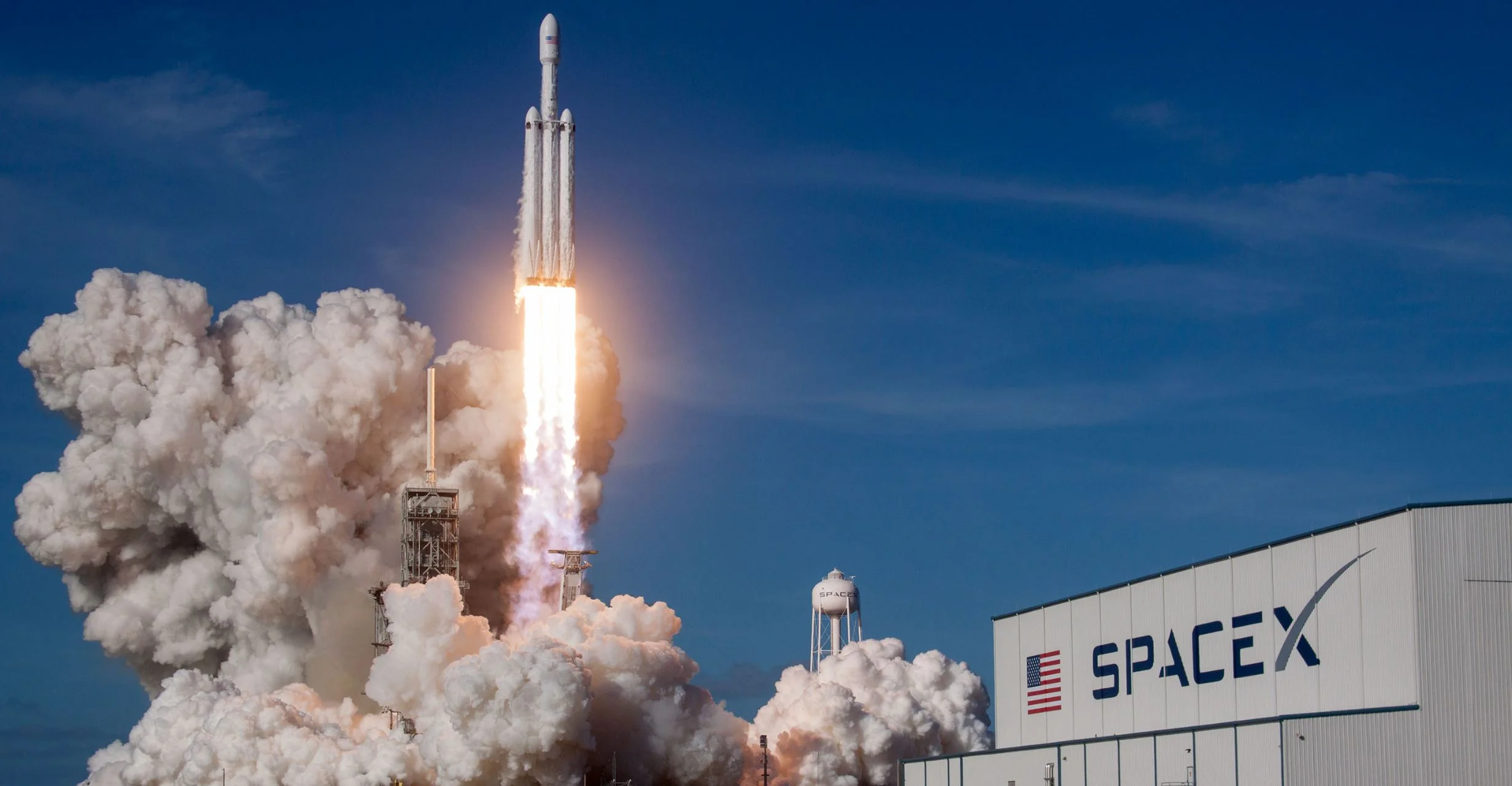This newly-confirmed exoplanet is a massive hot Jupiter that whips around its star every 3.85 days. From the surface, the star would appear 60 times larger in diameter than the Sun as seen from Earth.
Moon mining could help meet future energy needs
If you were transported to the Moon this very instant, you would surely and rapidly die. That’s because there’s no atmosphere, the surface temperature varies from a roasting 130 degrees Celsius (266 F) to a bone-chilling minus 170 C (minus 274 F). If the lack of air or horrific heat or cold don’t kill you then micrometeorite bombardment or solar radiation will. By all accounts, the Moon is not a hospitable place to be.
New fuel cell has enough juice for drones and subs
Making sense of how the blind ‘see’ color
'Micro snails’ we scraped from sidewalk cracks help unlock details of ancient earth’s biological evolution
Can robots ever have a true sense of self? Scientists are making progress
Having a sense of self lies at the heart of what it means to be human. Without it, we couldn’t navigate, interact, empathise or ultimately survive in an ever-changing, complex world of others. We need a sense of self when we are taking action, but also when we are anticipating the consequences of potential actions, by ourselves or others.
Hayabusa2 Left a Dark Spot Where it Touched Down on Ryugu. Engineers Aren’t Sure Why
On June 27th, 2018, the Japanese Aerospace Exploration Agency‘s (JAXA) Hayabusa2 spacecraft rendezvoused with the asteroid 162173 Ryugu. Carrying on in the same tradition as its predecessor, Hayabusa2 recently conducted landing operations on the asteroid’s surface as part of the agency’s second sample-return mission from an asteroid.
5 ways life would be better if it were always daylight saving time
Mini cheetah is the first four-legged robot to do a back-flip
More Evidence that Planet 9 is Really Out There
Lightning could protect power grids from hackers
The Record for the Most Distant Object in the Solar System has been Shattered. Introducing FarFarOut at 140 Astronomical Units
There are missing objects at the fringe of the solar system – new study puzzles astronomers
Complex Life Might Require a Very Narrow Habitable Zone
Since the Kepler Space Telescope was launched into space, the number of known planets beyond our Solar System (exoplanets) has grown exponentially. At present, 3,917 planets have been confirmed in 2,918 star systems, while 3,368 await confirmation. Of these, about 50 orbit within their star’s circumstellar habitable zone (aka. “Goldilocks Zone”) , the distance at which liquid water can exist on a planets’ surface.
How SpaceX lowered costs and reduced barriers to space
On March 2, SpaceX plans to launch its first test of an unmanned Dragon vehicle which is designed to carry humans into low Earth orbit and to the International Space Station. If the test is successful, later this year, SpaceX plans to launch American astronauts from United States soil for the first time since 2011.
First Evidence of Planet-Wide Groundwater System on Mars!
Neutrinos observed in the clustering of galaxies
Shortly after the big bang, the universe was an energetic mixture of particles with strong mutual interaction. The first particles that managed to free themselves from this dense primordial soup were the neutrinos, the lightest and weakest interacting particles from the standard model of elementary particles. These neutrinos are still all around us today, but are very difficult to observe immediately because their interaction is so weak. An international team of cosmologists, including Daniel Baumann and Benjamin Wallisch from the University of Amsterdam, has now succeeded in measuring the influence that this 'cosmic neutrino background' has had on the way galaxy clusters formed during the evolution of the universe. The research was published in Nature Physics.
Life on Mars: my 15 amazing years with Oppy, NASA’s record-breaking rover
NASA Study Reproduces Origins of Life on Ocean Floor
What’s the weather like on Uranus and Neptune? New images give important clues
The outer region of the solar system may be the least explored, but scientists have managed to unravel several of its mysteries in recent weeks. On New Year’s Day, the NASA spacecraft New Horizons encountered the icy object Ultima Thule for the first time, shedding light on how it formed. Astronomers have also just discovered a previously unknown moon orbiting Neptune, which has been dubbed “Hippocamp”.













